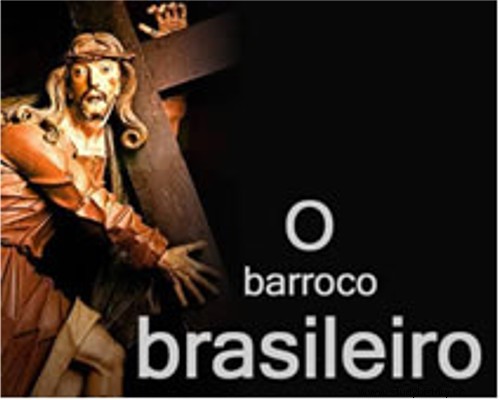
By Rainer Sousa
As a space marked by the Jesuit missionary action, Colonial Brazil was always very close to artistic manifestations of religious inspiration. Several churches built in the great centers of colonization (such as Olinda, Recife, Salvador, Diamantina and Vila Rica), were marked by the artistic references of Baroque art, a trend that gained strength in European lands during the Counter Reformation imposed by the Catholic Church.
Arriving in Brazilian lands, the Baroque had a great presence in the region of Minas Gerais, where it received a series of characteristics that very particularized it. As it is a type of art that did not break radically with the Renaissance, the Baroque expressed Catholic religiosity without abandoning the exploration of feelings and the use of curves that demarcated Renaissance art. In Brazil, such conceptions were expressed through the use of materials such as soapstone, cedar and baked clay.
Having an almost didactic sacred function, we see that the sculptures of the Baroque from Minas Gerais were clearly recognized by the dramatic gestures, the movement of the bodies and the detailing through the insertion of icons and other accessories. . To a certain extent, the carved saint expressed different particularities of his experience of faith through these elements. These same intentions can be seen in the paintings and churches built in this same context.
From a socioeconomic point of view, we recognize that the baroque art of Minas has a very strong relationship with the wealth produced by the mining economy. Being developed in urban centers, mining enabled the formation of middle sectors in the colonial population who, among other activities, were also busy with sculpture, architecture and painting. Furthermore, this same Baroque suggests the presence of a public capable of requesting and consuming this type of art.
Initially, Brazilian Baroque art was developed through the action of artisans from the metropolitan space. However, as the Minas Gerais urban centers expanded, we see that this same movement passed into the hands of artists born in Brazil. Among other representatives, we can highlight the sculptures and churches of Antonio Francisco Lisboa, Aleijadinho (1738 – 1814); and the paintings by Manuel da Costa Ataíde (1762 - 1830).
